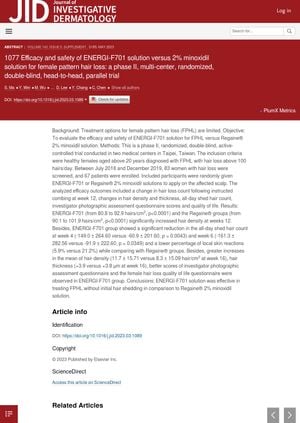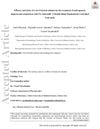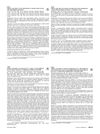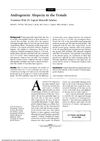Efficacy and Safety of ENERGI-F701 Solution Versus 2% Minoxidil Solution for Female Pattern Hair Loss: A Phase II, Multi-Center, Randomized, Double-Blind, Head-to-Head, Parallel Trial
April 2023
in “
Journal of Investigative Dermatology
”

TLDR ENERGI-F701 solution was found to be more effective and safer than Regaine® 2% minoxidil solution in treating female pattern hair loss, with increased hair density and less side effects.
In this study, researchers compared the efficacy and safety of ENERGI-F701 solution to Regaine® 2% minoxidil solution for treating female pattern hair loss (FPHL). The study included 67 women with FPHL who were randomly assigned to either the ENERGI-F701 or Regaine® group. The results showed that both groups significantly increased hair density at week 12. The ENERGI-F701 group also had a significant reduction in all-day shed hair count at weeks 4 and 6, as well as a lower percentage of local skin reactions compared to the Regaine® group. Additionally, the ENERGI-F701 group had greater increases in hair density and thickness, as well as better scores on the investigator photographic assessment questionnaire and the female hair loss quality of life questionnaire. Overall, the ENERGI-F701 solution was found to be effective in treating FPHL without initial hair shedding compared to the Regaine® 2% minoxidil solution.



